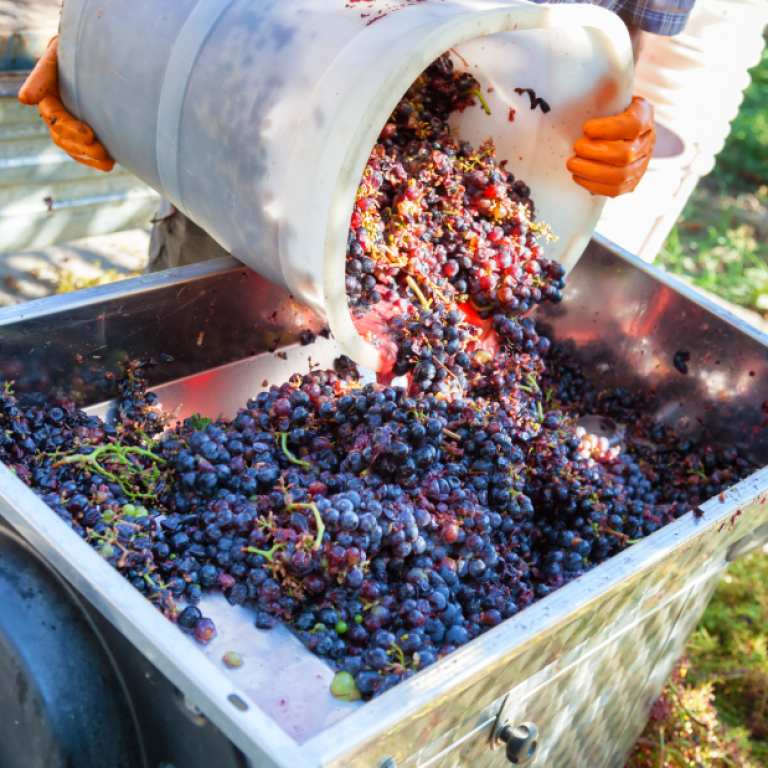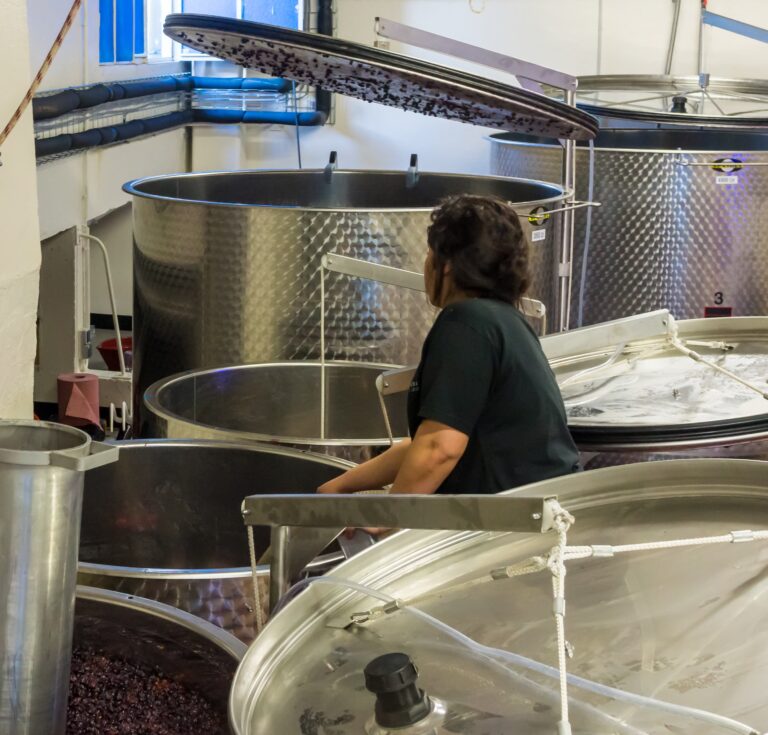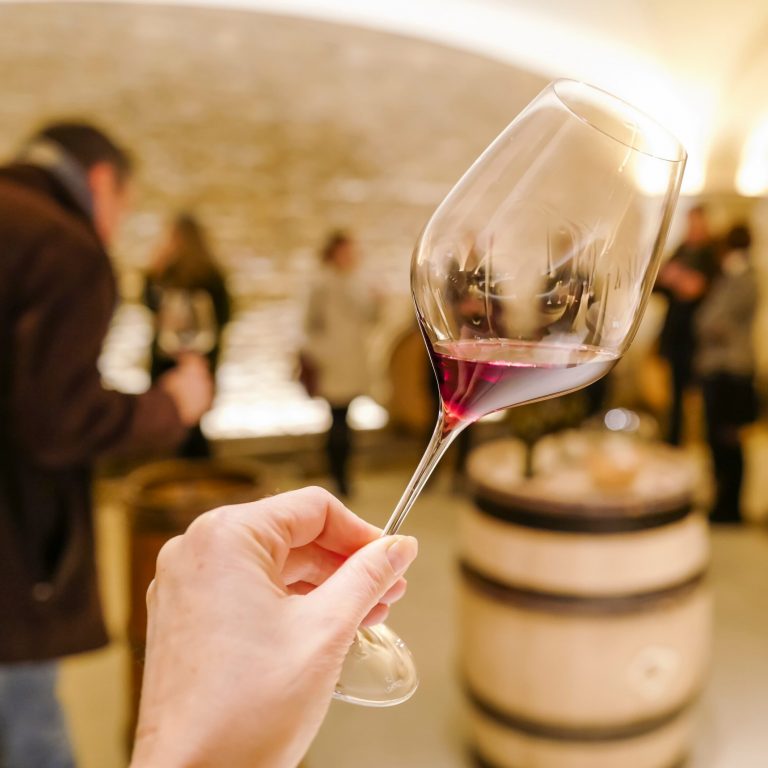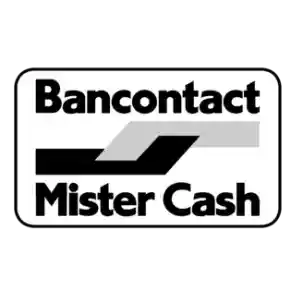A drink made from dealcoholized wine is an interesting alternative for wine enthusiasts who do not wish to consume alcohol.
It is possible to produce wine-based drinks dealcoholised with an alcohol content of less than 0.09%.
However, the process required to achieve this is delicate and can have repercussions on the product's flavours.
Low-alcohol grapes require complex management. This involves cultural methods, plot selection and limiting shade.
To limit bacterial fermentation, a low-temperature, nutrient-free environment must be created. This reduces the amount of alcohol produced. However, this method is limited to certain types of wine.
An authentic wine with alcohol is dealcoholized. There is no further alcoholic fermentation in the dealcoholized wine. We heat it slightly under vacuum to remove the alcohol. This is why we say the alcohol-free wine is 'dealcoholized'.

Carefully selected grapes, the basis of our wines, are harvested and pressed to extract the juice that will be transformed into wine. At this stage, the juice does not yet contain any alcohol.
Producers often use a two-stage fermentation process. This adds flavour and complexity to the wine.
The grape varieties for our various traditional wines come from Spain. Warmed and nurtured by the sun, they offer exquisite taste and a delightful nose.
Our alcohol-free Night Orient, Vendôme Mademoiselle, Vina'0, and Vendanges Mademoiselle made from dealcoholized wines are authentic. They retain all the colour, flavour, aroma, and taste characteristics of regular wine. At the same time, they have an alcohol content of 0%. These qualities have earned them numerous awards since their creation.


The beverages based on dealcoholized wines developed by Univers Drink are intended for the general public. There is no alcohol in the product.
Can be appreciated by :




